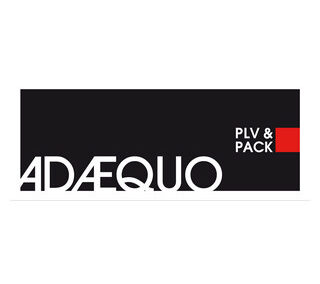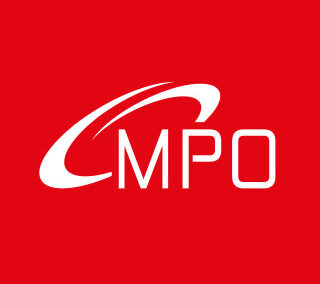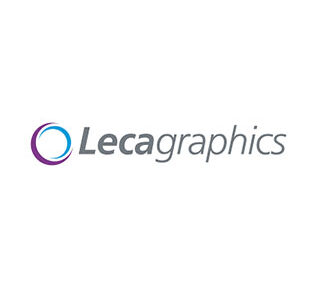Establishing clearly who is responsible for the certifications and markings of recycled materials in light of the new European regulations on plastic is one of the great requests that professionals in the packaging sector have demanded over the last Intracluster Dialogue of the year organized by the Cluster of Innovation in Container and Packaging. On this occasion, they participated as speakers at the event. María Rodríguez, global sustainability manager of Grupo Lantero; and Sandra Ramos, researcher and mechanical recycling technician at Aimplas.
One of the factors that has been highlighted is that there is a lot of chaos currently, since these aspects are imposed as a necessity with the entry of the new regulations that require the inclusion of recycled material in single-use packaging.
Under this framework, Jesús Pérez, director of the Packaging Cluster, highlighted that the association has detected in companies that the recyclability of packaging is a factor that is of great concern since the appearance of the Royal Decree, launching initiatives like this one that help clarify the situation. This concern of companies has led to an increase in demand for product certification, which is not only due to the demands of regulations, but also to the growing commitment of companies to sustainability and transparency towards their customers.
Responsibility in materials certification
This situation has developed significant uncertainty among companies in the packaging value chain in relation to the responsibility of certifications. As mentioned, the law does not clarify who is responsible for certifying recycled material.
This lack of clarity adds an additional layer of complexity to the process, raising questions about the chain of responsibilities in the certification of recycled materials within the packaging sector.
Furthermore, during the session the growing demand for information on the degree of recyclability and the presence of recycled material in paper and cardboard packaging was analyzed. Along these lines, it has been explained that other aspects must be analyzed on how, for example, the presence of plastics influences obtaining the recyclability certification of this material, along with other factors such as the type of inks and additives used.
Given this whole horizon, doubt arises about the increase in certification requirements by administrations and certifiers that force investments at high prices. An uncertainty that keeps companies on alert that fear they will not be able to take on additional costs or a new strategic challenge, highlighting the importance of planning and flexibility in decision-making in the face of possible regulatory changes.
Finally, the perspective has been highlighted that modifying the packaging material may not be the most effective option. According to industry experts, customers are reluctant to reduce the useful life of packaging. A situation that forces the packaging sector to find sustainable solutions that do not compromise the durability and functionality of the containers, taking into account the expectations and preferences of consumers.


















